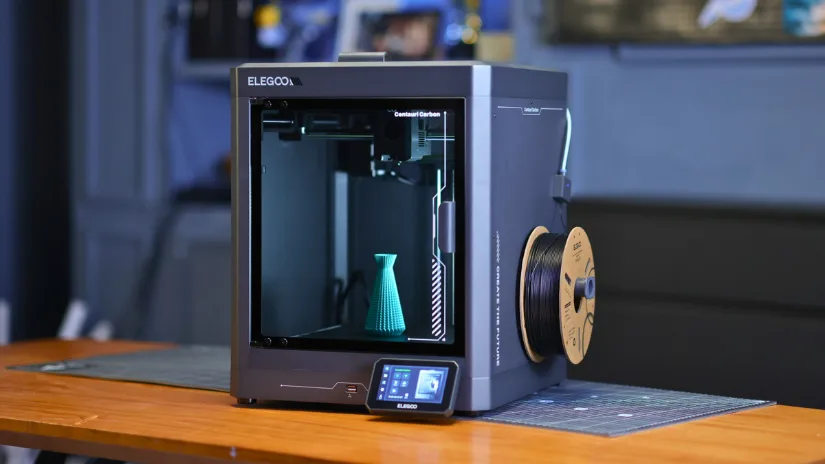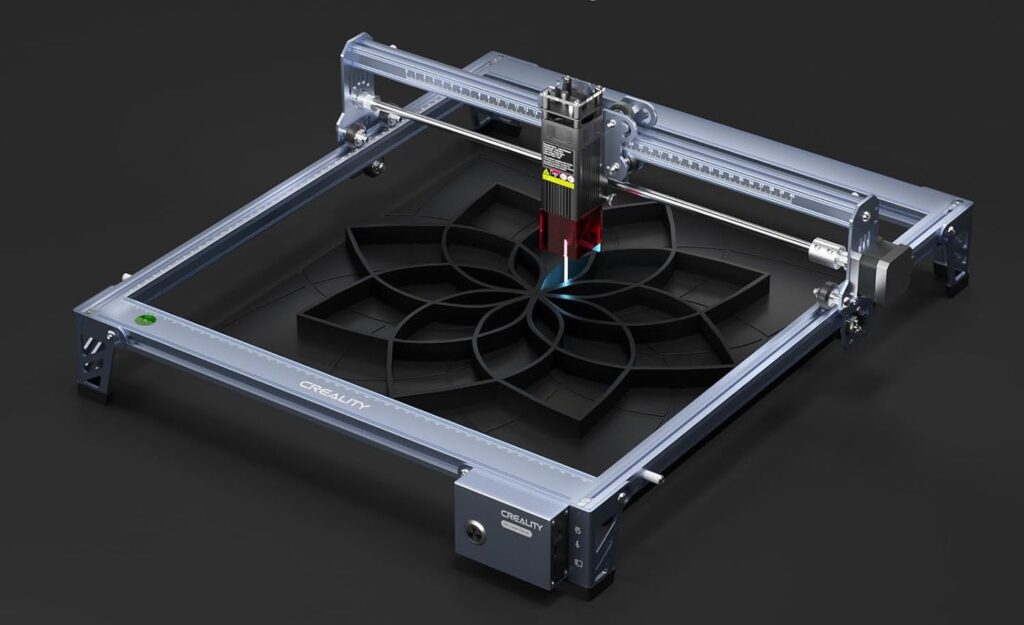Centauri 3D Printer Long-Term Review: Is It Worth The Investment in 2025?
After 6 months of daily use, this hands-on review reveals if the Elegoo Centauri large-format 3D printer lives up to its promises for hobbyists and small businesses.
When I first unboxed my Centauri printer last fall, I had high expectations but also plenty of skepticism. Large-format resin printers have traditionally been plagued with issues – from poor reliability to frustrating workflow problems that make them more hassle than they’re worth.
Six months and countless prints later, I’m ready to share my unfiltered thoughts on whether this machine actually delivers on its promises.
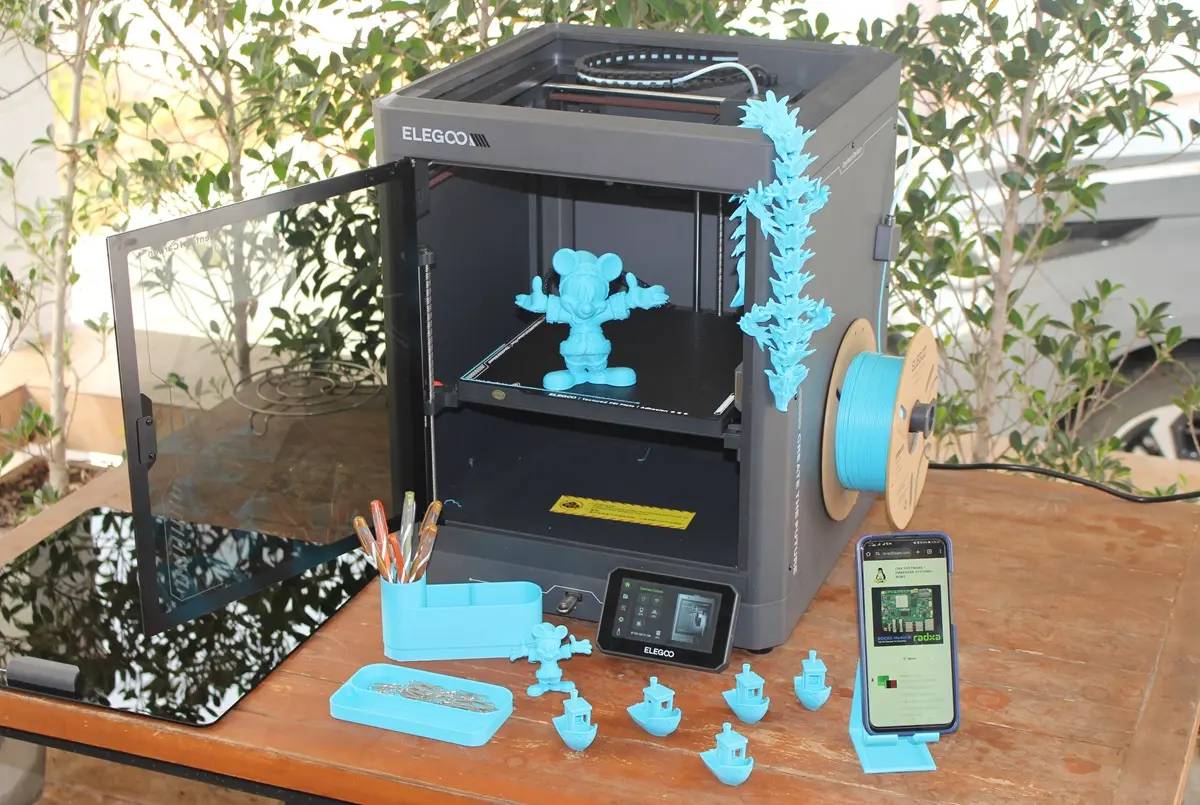
Real-World Performance After Six Months
The honeymoon period with new tech usually fades quickly, but the Centauri has managed to keep my interest and, more importantly, my productivity high. What’s surprised me most is how this printer has gradually shifted from a weekend novelty to an essential tool in my workshop.
Projects I once outsourced are now routine weekend prints. The massive build volume (which dwarfs standard resin printers) lets me tackle one-piece designs that previously required splitting, printing separately, and then dealing with alignment headaches during assembly.
I still remember the look on my friend Mark’s face when I handed him a full-sized helmet prop with no seam lines. “You printed this at home?” became the standard reaction from visitors to my workshop.
Reliability: The Make-or-Break Factor
Any 3D printer can produce impressive results occasionally, but consistent performance is what separates useful tools from expensive paperweights. After 180+ days of regular use, the Centauri has maintained surprisingly reliable operation with only three failed prints that weren’t my fault.
The most telling moment came during a two-week deadline crunch for a client project, where I ran the printer almost continuously. Despite pushing it well beyond casual use, it delivered consistent results without a single hardware issue.
This reliability factor alone separates it from other large-format printers I’ve tested that became increasingly temperamental with regular use.
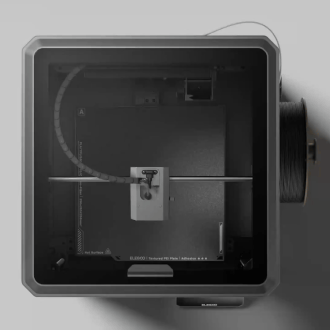
Quality Where It Matters
While the Centauri doesn’t match every feature of printers costing three times as much, Elegoo has clearly focused their engineering effort where it matters most for actual users:
- Layer consistency remains excellent even six months in
- The build platform still holds perfect calibration despite hundreds of prints
- The screen shows no signs of degradation despite heavy use
- Support structures remain easy to remove without damaging detailed prints
For hobbyists and small business owners who can’t justify spending $10,000+ on industrial printers, the quality-to-price ratio is exceptional.
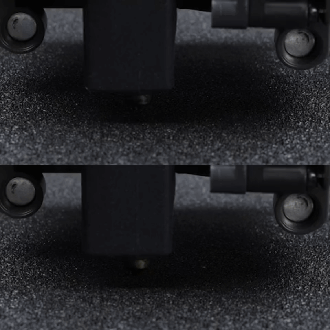
Centauri vs. Centauri Plus: Which Is Worth It?
Since my original purchase, Elegoo has released the enhanced Centauri Plus model with several upgrades. Having spent time with both (my workshop partner upgraded recently), I can offer some practical guidance.
The standard Centauri remains an excellent value if large-format capability is your primary need. The Plus model adds useful but not essential improvements in print speed and interface usability.
If you’re starting fresh, the modest price difference makes the Plus model the better long-term investment. However, current Centauri owners shouldn’t feel any urgency to upgrade unless print speed is a critical bottleneck in your workflow.
The Workflow Reality Check
Despite my enthusiasm, I should emphasize that large-format resin printing isn’t for everyone. The Centauri doesn’t magically eliminate the inherent challenges of resin printing – it just scales them up.
You’ll still need:
- Proper ventilation
- A washing and curing setup that can handle large prints
- Significant resin quantities for full-volume prints
- Physical space for the printer and post-processing equipment
What the Centauri does is make these challenges worthwhile by delivering results that previously required much more expensive equipment.
The Bottom Line After Six Months
The Centauri hasn’t just met my expectations – it’s fundamentally changed what I can create in my home workshop. Projects that once seemed impractical are now routine weekend prints.
For hobbyists and small businesses who need large-format capabilities and can handle resin printing workflow, the Centauri offers remarkable value. While it doesn’t match every bell and whistle of industrial printers, it delivers where it matters most: print quality, reliability, and usability.
Whether you choose the original Centauri or invest in the enhanced Plus model, you’re getting a machine that significantly outperforms its price point – something Elegoo has consistently delivered across their printer lineup.
The Centauri isn’t just a bigger printer; it’s a gateway to possibilities that were previously accessible only to those with much bigger budgets. Six months in, I’m still discovering new applications and pushing its capabilities further with each project.
Note: I’ve included some product links in this article. As an affiliate partner with MatterHackers, I earn a small commission if you purchase through these links, though there’s no additional cost to you. I only recommend products I’ve personally tested extensively and use in my own workshop.
